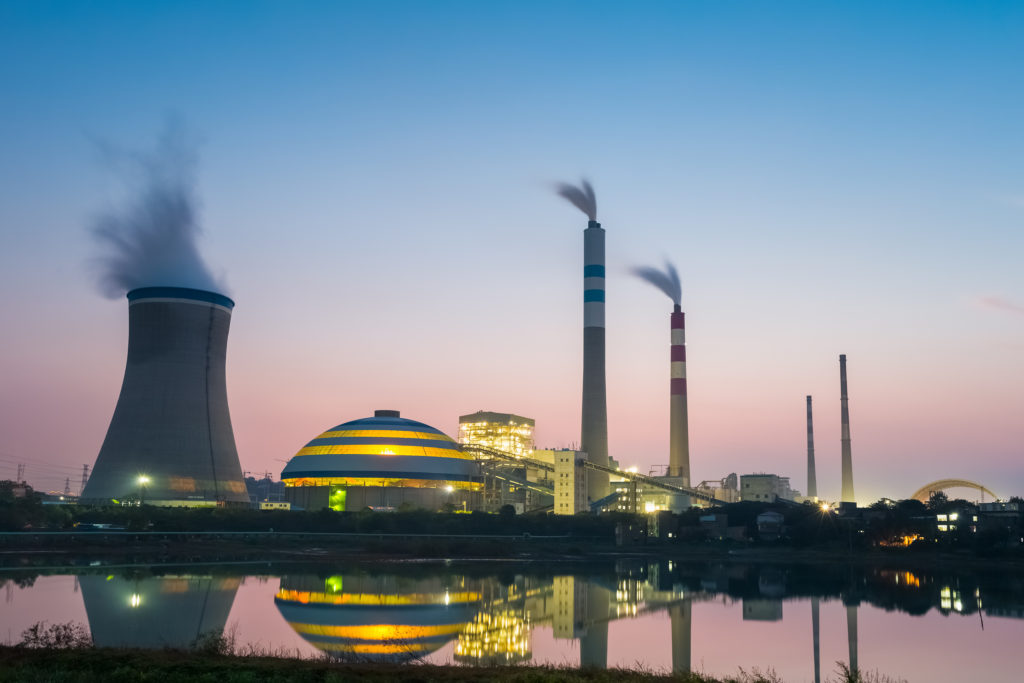
The world’s coal-fired power capacity grew 2% last year, its highest annual increase since 2016, driven by new builds in China and decommissioning delays elsewhere, according to research published on Thursday.
Despite record renewable additions, nearly 70 gigawatts (GW) of new coal power capacity were commissioned across the world last year, including 47.4 GW in China, the US-based Global Energy Monitor think tank said in its annual survey. Coal-fired capacity outside China also grew for the first time since 2019, while worldwide only 21.1 GW was shut down, the survey said.
Since the Paris Agreement was signed in 2015, 25 countries have cut coal-fired power capacity, but 35 have increased it, and far more needs to be done, said Flora Champenois, the GEM report’s lead author.
“The world is heading in the right direction in terms of coal’s role in the energy sector, but not quickly enough, and with some risky detours along the way,” Champenois said.
To keep average global temperature rises within the key threshold of 1.5 degrees Celsius (2.7 degrees Fahrenheit), global coal power capacity needs to be eliminated by 2040, according to projections by the International Energy Agency.
Such a phase-out would require an average of 126 GW of closures every year, the equivalent of two plants a week, even if no new capacity was added, GEM estimated.
Currently, however, another 578 GW of coal capacity is in development. That includes 408 GW in China alone and is enough to power the whole of India.
Just under 200 GW is under construction, including 140 GW in China, according to the survey. China’s coal plant retirement rate, amid concerns over energy security, was also at its lowest in a decade last year.
With coal-fired power incompatible with China’s declared longer-term climate goals, GEM said China is running the risk of being lumbered with billions of yuan in stranded assets.
Recent approvals for coal projects in China have come with the slogan “build first and modify later”, suggesting they are considered a short-term energy supply solution.
“Overbuilding coal ‘just in case’ and with a ‘we’ll deal with that later’ approach is a costly and risky gamble, especially when alternative solutions are available to meet targets and address energy security,” said Champenois.
(By David Stanway; Editing by Tom Hogue)
Comments